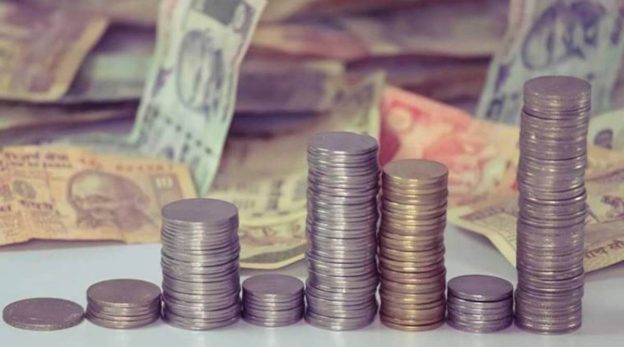The biggest risk to the projection is a derailed consumption demand that has been the main growth driver in the past many years, said the BofA economists.
Warning that the new year will be riskier than the previous two in terms of growth, inflation and the perils of monetary policy normalisation on consumption demand in particular, along with other external risks, a Wall Street brokerage has pencilled in an 8.2 per cent GDP growth next fiscal, with more downside risks to the projection.
The biggest risk to the projection is a derailed consumption demand that has been the main growth driver in the past many years, said the Bank of America Securities India house economists who still believe that consumption demand will remain the key driver of growth next fiscal as well.
These economists expect higher growth next fiscal on the back of higher overall gross value add (GVA) growth due to the lower outgo onto subsidies next fiscal, along with stable agri growth at around 4 per cent and robust services growth, adding up to an overall GVA growth of 7 per cent, down from a likely 8.5 per cent in FY22 and an 8.2 per cent GDP growth in FY23, down from 9.3 per cent in FY22.
Since GDP is GVA plus the indirect taxes on goods net of subsidies, a hike in subsidies like last year, leads to wider gap between GDP and GVA growth, as last year, its report said. “But this gap is set to narrow in FY’22 as subsidies are expected to be much lower, taking the GDP-GVA growth gap back to 1.0-1.5 pbs in FY’23. Thus with our bottom-up GVA growth of 7 per cent, we see the overall GDP growth at 8.2 per cent in FY23,” the report said on Friday.
The quarterly growth trajectory is volatile with double-digits growth in Q1FY23 but very low annualised prints in Q4, largely due to distortion from base effects.
Citing inflation and the impact of the monetary policy normalisation on consumption demand to be biggest downside risks this projection, the economists said the RBI is likely to hike the repo rate by 100 bps through FY’23 which they fear could derail the consumption demand wagon getting derailed in FY’23 as an end of the accommodative monetary policy that facilitated low lending rates.
Although, overall bank credit has been chugging along 6 per cent, retail loan growth has been stronger at 12 per cent. As monetary policy normalisation starts, lending rates are expected inch up, which may scupper consumption demand, they added.
Another risk is the a likely poor monsoon next year, given that the southern oscillation index in La Nina mode now, the report said adding that three successive good monsoons bode well for agri growth and potentially rural demand.
Pencilling in average CPI print at 5.6 per cent in FY23, the report said rising inflation could turn out to be a key macro concern for all as global commodity prices remain high.
As demand recovers, the spillover from raw material prices to output prices, which was arguably cushioned by the slack in the economy is expected to rise. “Accordingly, we see CPI inching up and averaging at 5.6 per cent in FY23,” it said.
Going forward, CPI is expected to average at 5.6 per cent in FY23 as demand recovers and global commodity prices stay elevated or rise further; and sticky core CPI inflation is likely to exert upward pressure on headline, even as food inflation stays largely contained, the BofA said.
Noting that the monetary policy is at an inflection point, BofA sees RBI normalising the policy corridor through the reminder of FY22 and hiking repo rate by 100 bps in FY’23 — first with a 20 bps hike in February 2022 and return to a symmetric policy corridor by March with a potential hike in an out of turn policy, assuming no serious third wave in early 2022 and to turn neutral in April and hike policy repo rate in June and getting the repo upwards by 100 bps through the course of the year.
On the positive side, they see the fiscal deficit improving to 5.8 per cent of GDP next fiscal from 6.8 per cent seen for the current fiscal while the current account deficit is seen rising to 2 per cent.
They see the global growth staying strong into 2022 at 4.3 percent atop 5.8 per cent in 2021, led by the US with a 4.4 per cent growth and China is likely to see sharply lower growth at 4 per cent.
https://www.financialexpress.com/economy/bofa-expects-8-2-gdp-growth-next-fiscal-with-more-downside-risks/2389031/?doing_wp_cron=1640342021.7836630344390869140625





